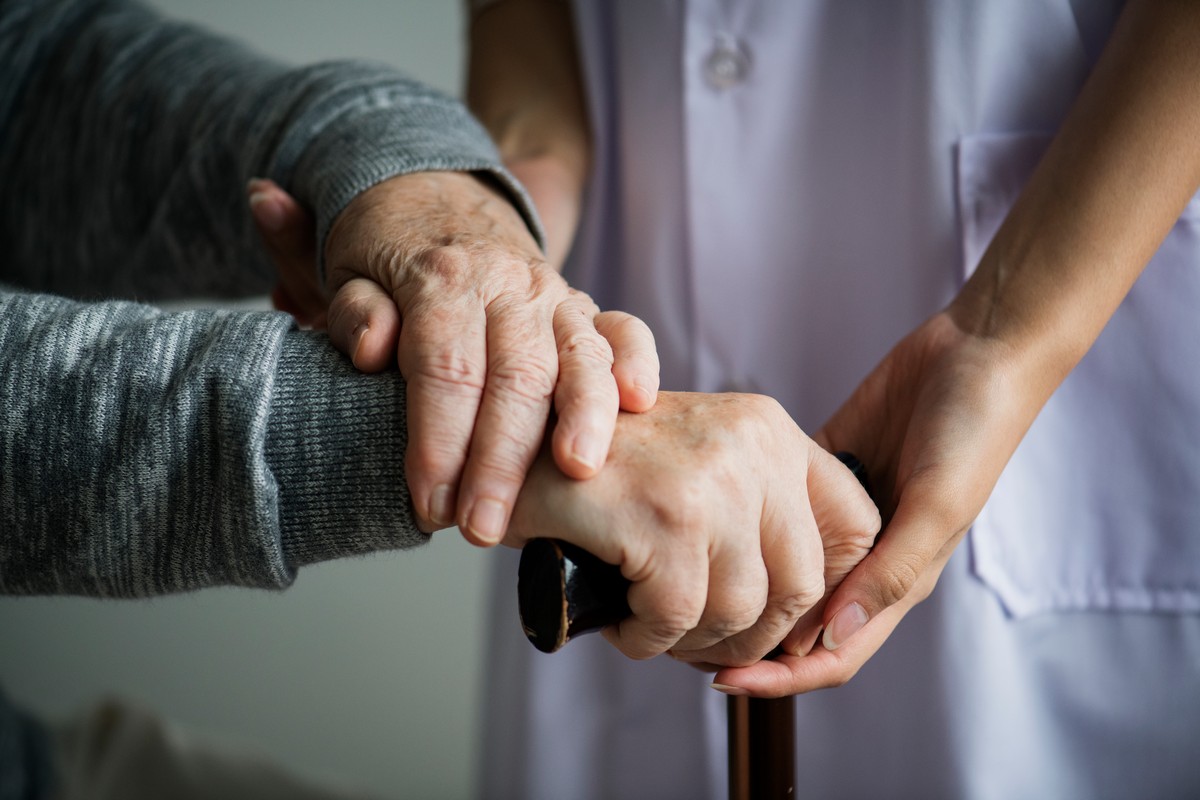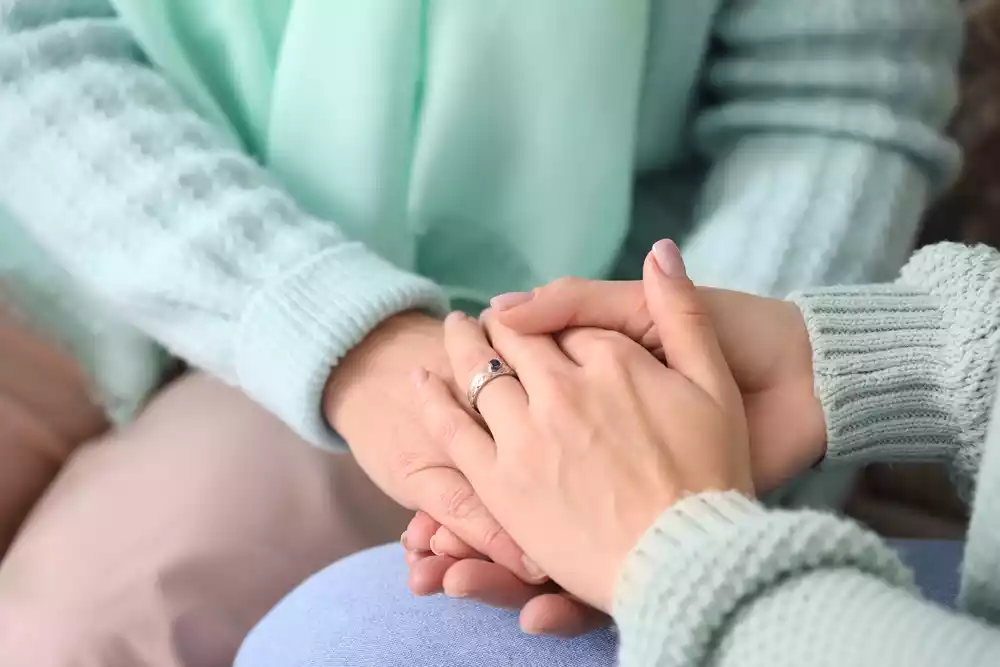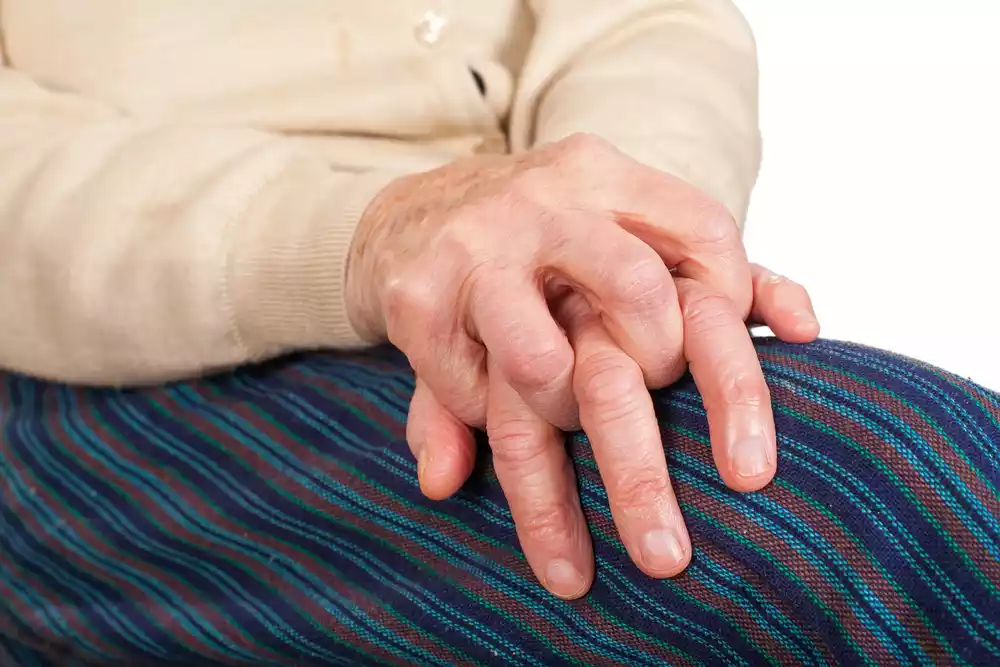Chronic pain is a prevalent issue affecting millions of individuals, particularly among older adults. As people age, they often confront various health challenges, and chronic pain in older adults becomes a significant concern that can impact quality of life. At Casa de Retiro El Mirador, we understand the complexities of managing chronic pain and are committed to providing comprehensive care tailored to the needs of our residents.
Chronic Pain in Older Adults
Chronic pain is defined as persistent pain lasting more than three to six months. It may arise from a variety of health conditions, such as arthritis, neuropathy, or previous injuries, and it significantly affects the physical and emotional well-being of older adults. Chronic pain in older adults can lead to reduced mobility, increased dependency, and a decline in overall health.
 Causes of Chronic Pain in Older Adults
Causes of Chronic Pain in Older Adults
Several factors contribute to chronic pain in older adults, including:
- Arthritis: Osteoarthritis and rheumatoid arthritis are common conditions causing joint pain and stiffness, making daily activities challenging.
- Neuropathy: Often a result of diabetes or other health conditions, neuropathy causes nerve pain, which can be severe and persistent.
- Back Pain: Degenerative conditions such as spinal stenosis or herniated discs frequently cause chronic back pain in older adults.
- Osteoporosis: This condition leads to weakened bones, increasing the risk of fractures and associated pain.
- Previous Injuries: Past injuries or surgeries can lead to chronic pain as residual effects linger over time.
Impacts of Chronic Pain in Older Adults
Chronic pain in older adults can have far-reaching implications beyond physical discomfort. Some of the crucial impacts include:
- Reduced Mobility: Persistent pain often limits physical activity, leading to decreased mobility and increased risk of falls.
- Emotional Health: Chronic pain can lead to feelings of frustration, depression, and anxiety, impacting emotional well-being.
- Social Isolation: Pain may prevent older adults from participating in social activities, leading to loneliness and isolation.
- Sleep Disturbances: Pain can disrupt sleep patterns, resulting in fatigue and reduced energy levels.
Managing Chronic Pain in Older Adults
Effectively managing chronic pain in older adults requires a holistic approach that considers both physical and emotional health. Here are some strategies to help manage chronic pain:
1. Medical Treatments
Consultation with healthcare professionals is essential to identify the underlying causes of chronic pain and formulate an appropriate treatment plan. Treatments may include:
- Medications: Over-the-counter pain relievers, prescription medications, and topical treatments can provide relief.
- Physical Therapy: Targeted exercises and therapies can improve mobility and reduce pain.
- Injections or Surgery: In some cases, medical interventions such as injections or surgeries might be necessary.
 2. Complementary Therapies
2. Complementary Therapies
Incorporating complementary therapies can offer additional relief and improve quality of life:
- Acupuncture: This ancient practice can alleviate pain and promote relaxation.
- Massage Therapy: Regular massages can help reduce tension and improve circulation.
- Yoga and Tai Chi: Gentle exercises focusing on flexibility and balance can reduce pain and enhance mobility.
3. Lifestyle Modifications
Adopting lifestyle changes can aid in managing chronic pain in older adults:
- Healthy Diet: A balanced diet rich in anti-inflammatory foods can help reduce pain and improve overall health.
- Regular Exercise: Engaging in low-impact activities can strengthen muscles and improve joint function.
- Stress Management: Techniques such as meditation and mindfulness can alleviate stress, reducing pain intensity.
4. Emotional Support
Emotional well-being plays a vital role in managing chronic pain. Support from family, friends, and mental health professionals can provide encouragement and reassurance. Participation in support groups can also offer a sense of community and understanding.
Support at Casa de Retiro El Mirador
At Casa de Retiro El Mirador, we recognize the significant impact of chronic pain in older adults and are dedicated to providing personalized care to alleviate it. Our team of skilled professionals works closely with residents to develop comprehensive care plans tailored to their unique needs. Through a combination of medical treatments, complementary therapies, and compassionate support, we strive to enhance the quality of life for our residents.

Embrace a Pain-Free Lifestyle: Choosing the Right Retirement Home
Managing chronic pain in older adults requires a comprehensive approach that addresses both physical and emotional needs. At Casa de Retiro El Mirador, we are committed to offering the highest standard of care tailored to the individual needs of our residents. If you or a loved one is seeking a supportive and understanding environment, consider Casa de Retiro El Mirador as your top choice among Mexico retirement homes. Contact us today to learn more about our services and how we can help improve your quality of life.


